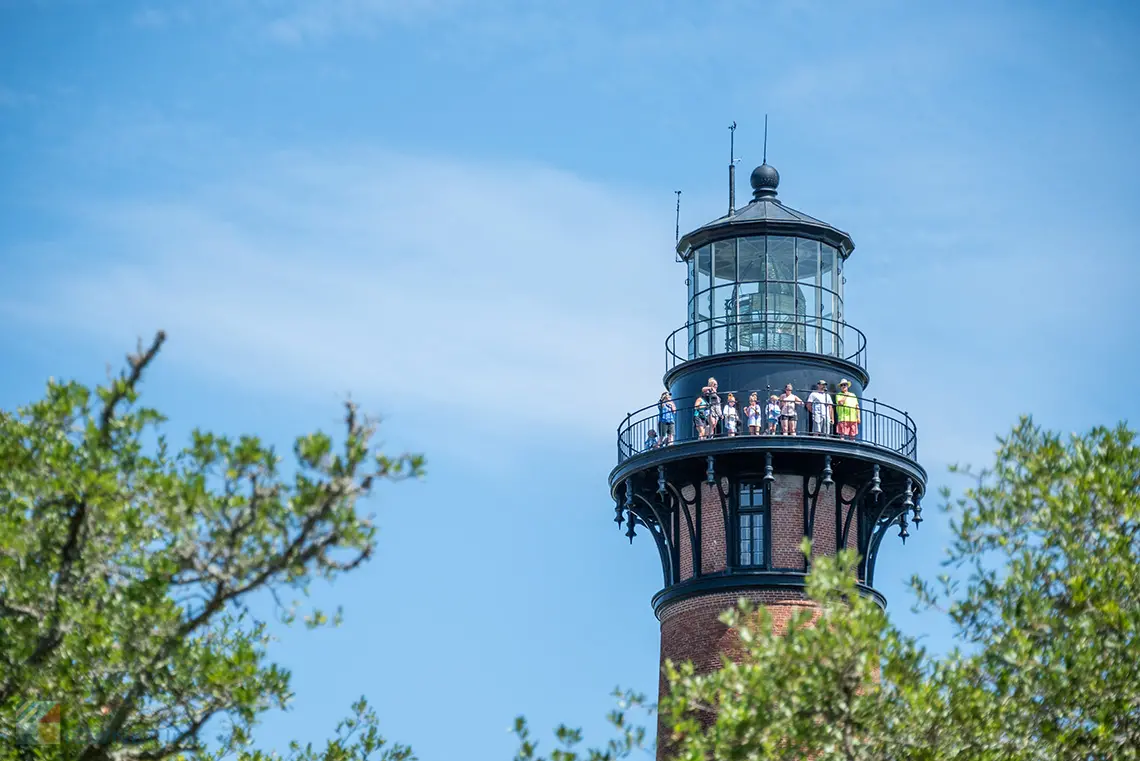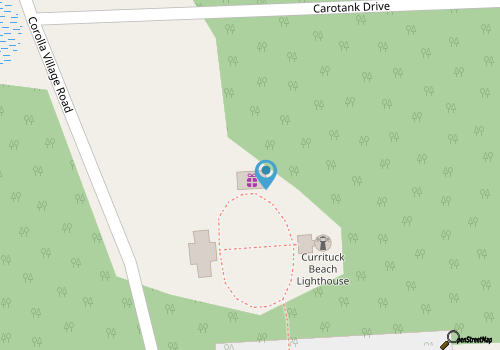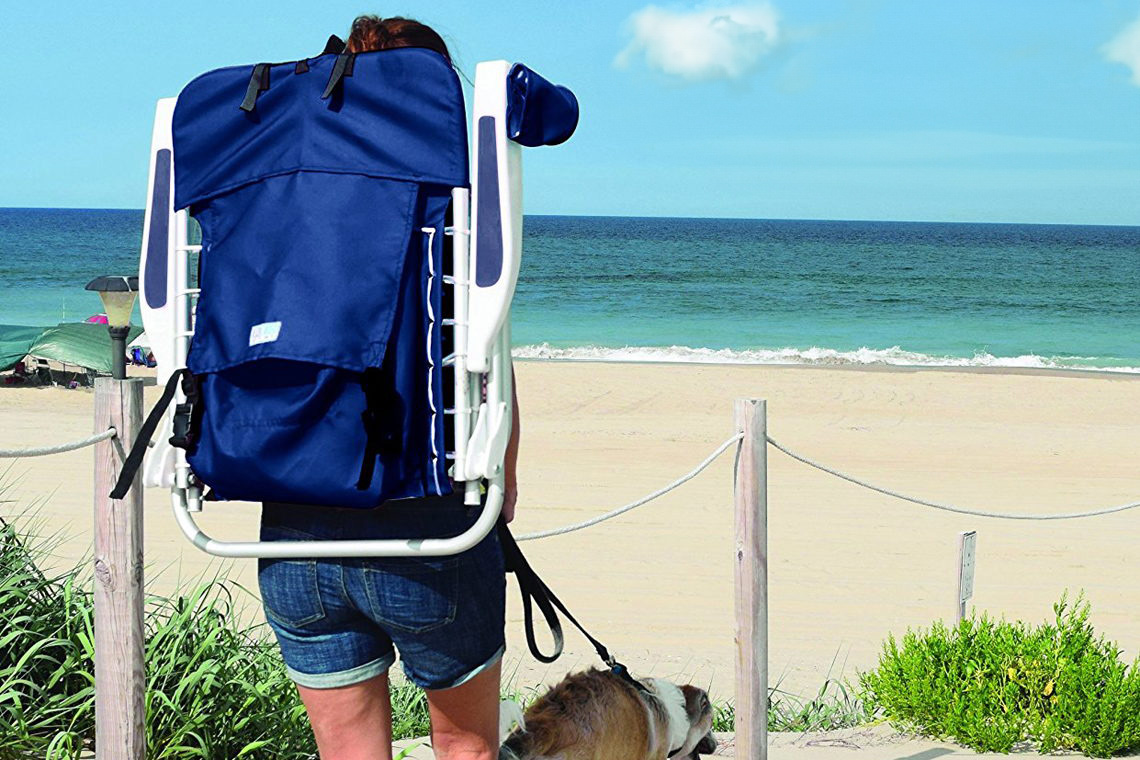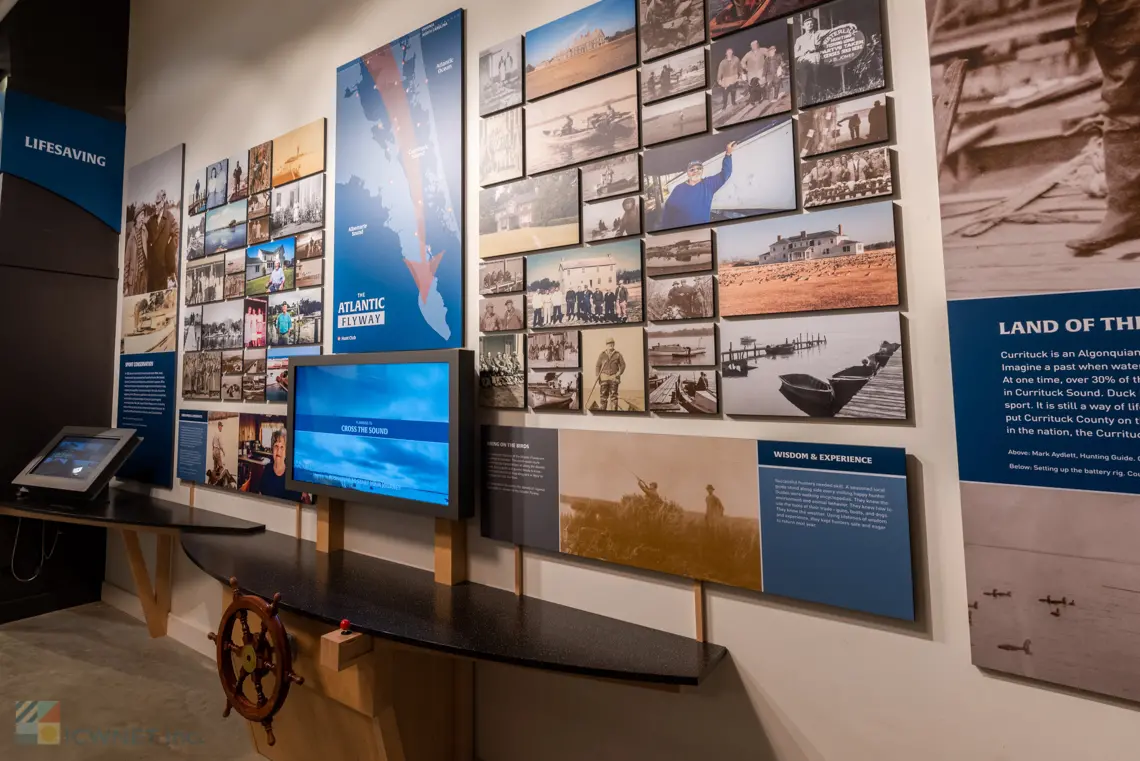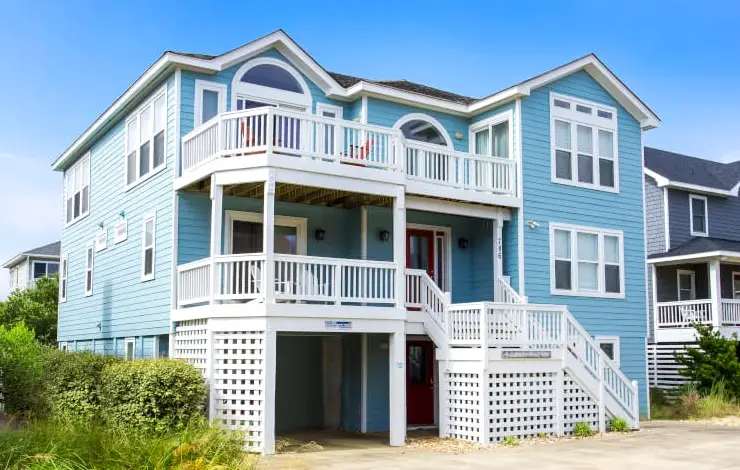The Currituck Beach Lighthouse, located in the heart of Corolla, borders the historic Whalehead in Historic Corolla and still functions as a guide for passing mariners. At 162' feet tall, the lighthouse's First Order Fresnel light, (the largest size available for American lighthouses), can be seen for 18 nautical miles as the light rotates in 20 second increments.
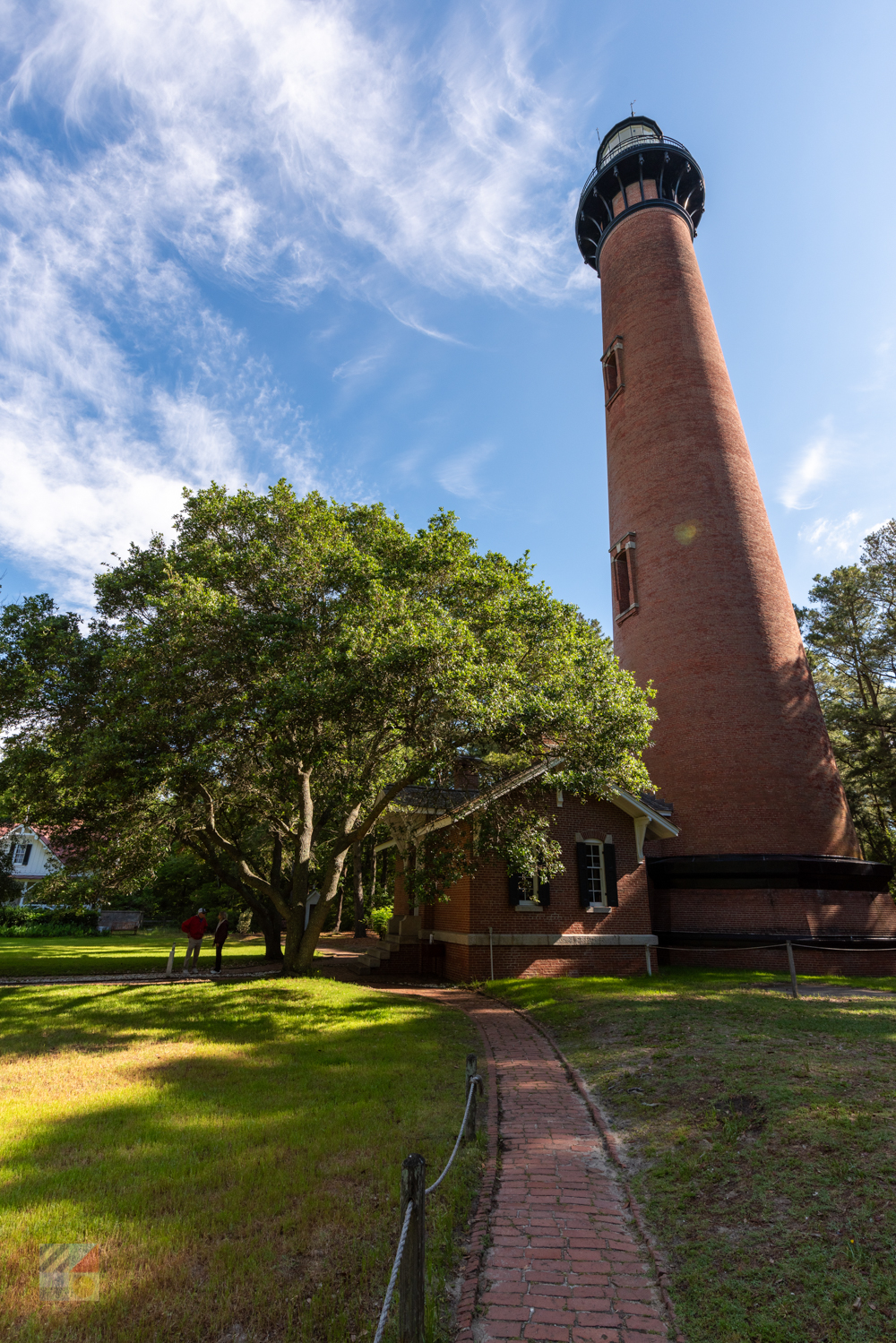
This lighthouse stands out for its distinctive red exterior. This design was intentional, to set the Currituck Lighthouse apart from its Outer Banks neighbors. After completion, the lighthouse was left unpainted, allowing visitors to marvel at the sheer number of bricks involved in its construction.

History of the Currituck Beach Lighthouse
For centuries, hundreds of ships were lost in the treacherous waters off of the Outer Banks. In the Northern Outer Banks, ships travelling close to shore to avoid the swift and tumultuous Gulf Stream could easily get shipwrecked against the shoreline, as the miles of Currituck's barrier island was relatively uninhabited, with nothing but dark coastline to confuse and disorient the passing sailors.
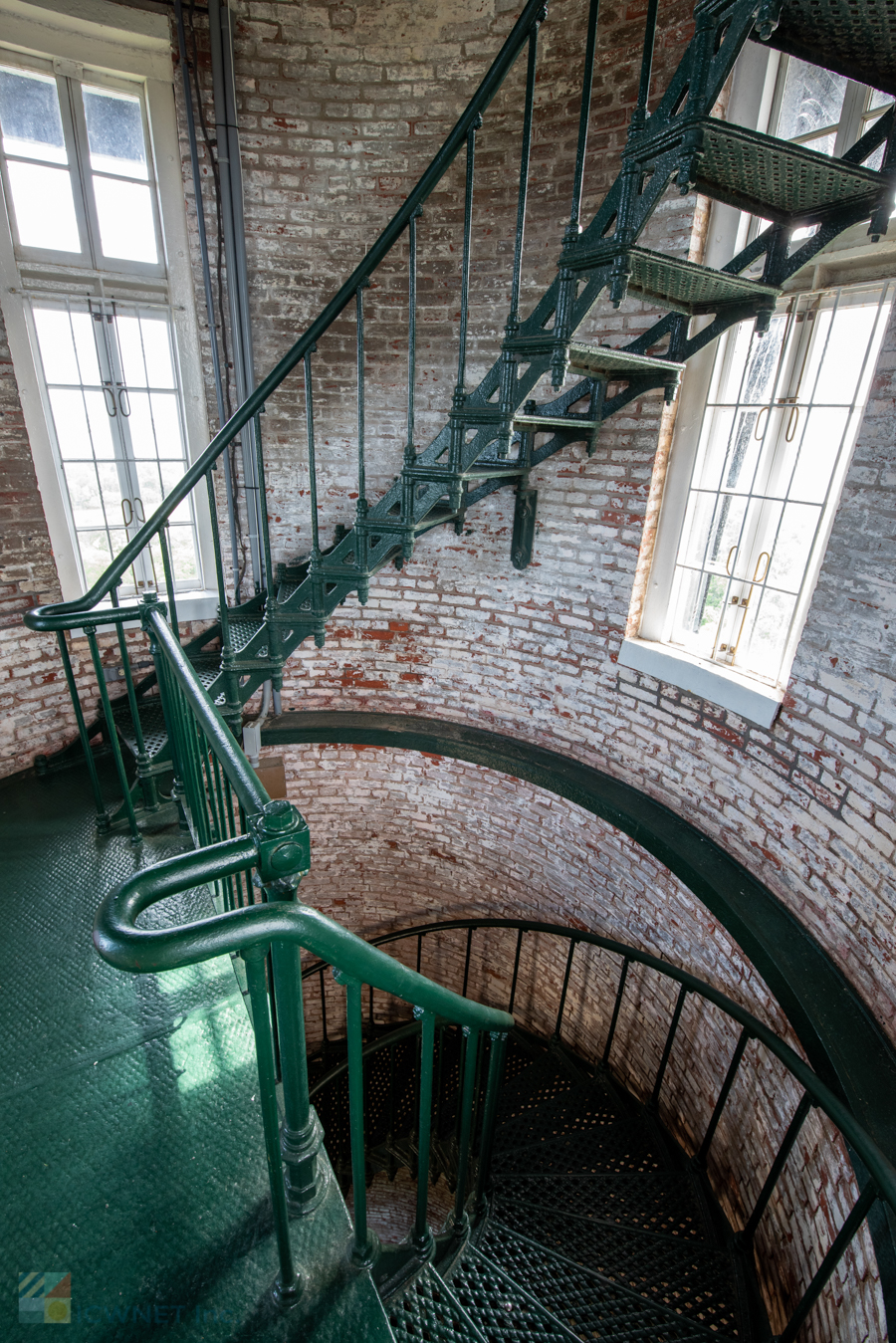
In response, construction began on the Currituck Beach Lighthouse in 1872, and three years later on December 1, 1875, the lighthouse first glowed as a beacon to passing ships. Adjacent to the lighthouse, a Victorian style lighthouse keepers' home was built in 1876, providing housing for the principal keeper's family and two assistants' families. The lighthouse was electrified in 1933, and the keeper's positions were discontinued in 1937. Over the next four decades, the lighthouse keepers' home began to fall into disrepair.
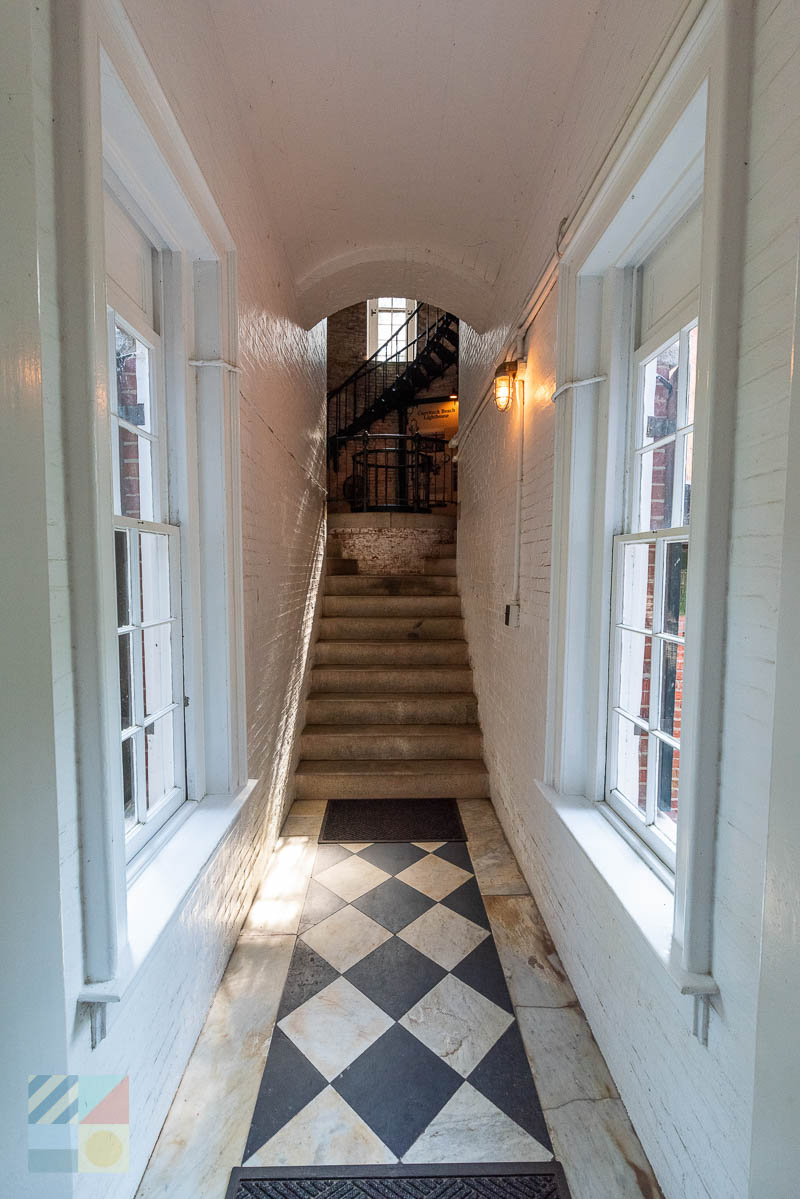
In 1980, the non-profit organization Outer Banks Conservationists, Inc., as well as the state of North Carolina, took notice to the deteriorating home, and began a complete restoration of the original keepers' home and the overall Currituck Beach Lighthouse grounds.
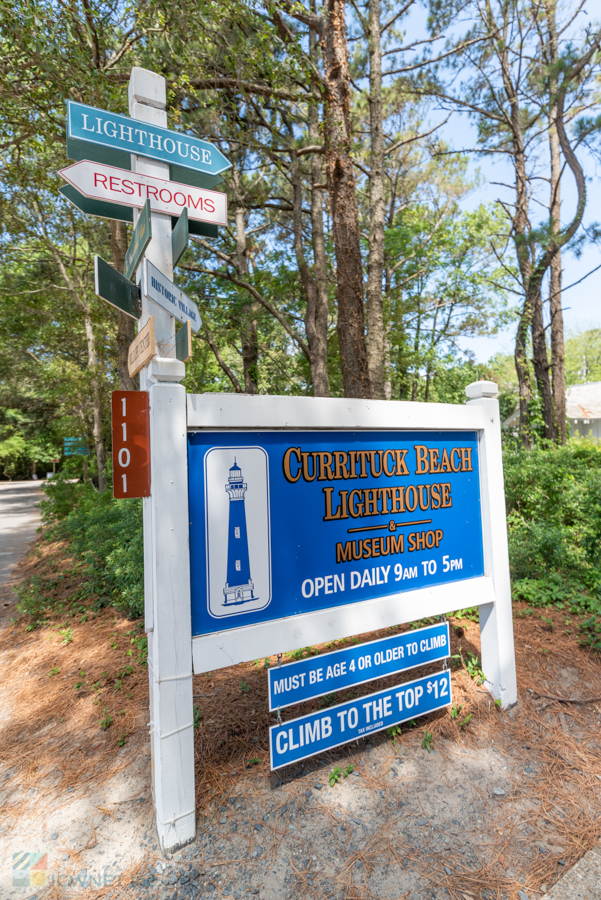
With such intricate work involved, the restoration of the home itself continues even today, but other buildings, including a small 1920 white dwelling intended for a third lighthouse keeper, are completely remodeled and serve as gift shops, storage areas, and information centers.
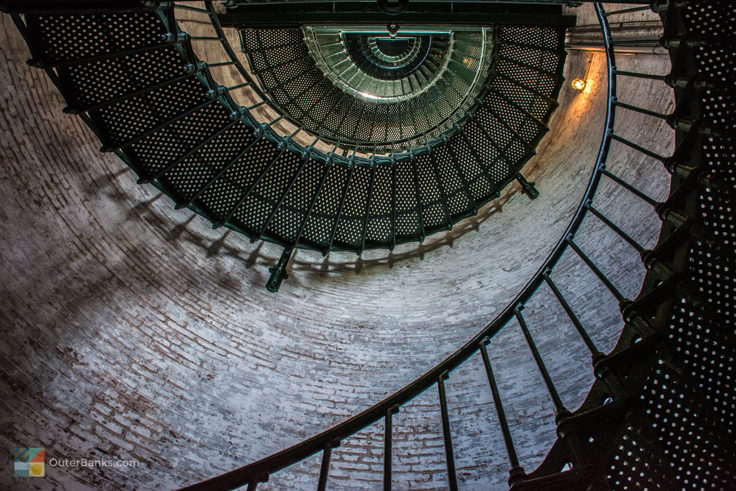
What to know before you visit the Currituck Beach Lighthouse

The Currituck Beach Lighthouse grounds are open for exploration all year long (with occasional short interruptions). Visitors can stop by at any time of the year to explore and get an up-close view of the famous brick lighthouse and outlaying buildings. The grounds close occasionally for staff vacations and repair work.
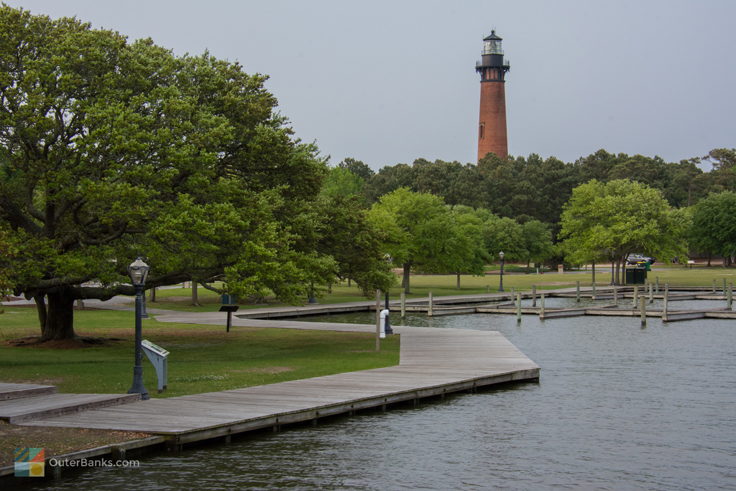
Seasonally, the lighthouse itself is open to visitors, who can climb the 220 steps to the top for unparalleled views of the Whalehead in Historic Corolla, the Currituck Sound, and the Atlantic Ocean. If you make the climb, be sure and pause at both the base of the lighthouse and the first two landings for museum quality exhibits showcasing the history of the lighthouse, the lighthouse keepers, and the giant Fresnel Lens, still in operation.
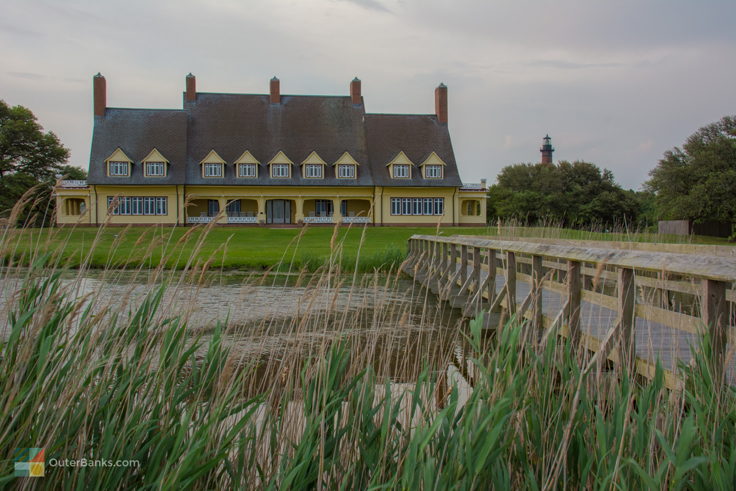
The Currituck Beach Lighthouse is open daily for climbing from 9:00 a.m. to 5:00 p.m. from mid-March until the end of November (closed Thanksgiving Day). The cost to climb is inexpensive at around $12. Kids must be 4 years old to climb. In addition, a Museum Gift Shop is also open seasonally, and features Outer Banks books, lighthouse memorabilia, clothing, and other treasures.
The lighthouse and lighthouse grounds can also be booked for weddings, school field trips, and guided tours. Visit the lighthouse's website for additional information.
Frequently Asked Questions
Where is the Currituck Beach Lighthouse?
The Currituck Beach Lighthouse is located in the heart of Corolla in the northern Outer Banks, and is stationed along Corolla Village Road.
When was the Currituck Beach Lighthouse built?
Construction on the Currituck Beach Lighthouse first began in 1872, and the structure was completed and first lit on December 1, 1875.
How many steps are in the Currituck Beach Lighthouse?
The Currituck Beach Lighthouse has a total of 220 steps from the base of the lighthouse to the lens at the top.
How do you get to the Currituck Beach Lighthouse?
Outer Banks visitors will want to head north on N.C. Highway 12 to the northernmost OBX town of Corolla, where the Currituck Beach Lighthouse is located. The lighthouse is next to the Historic Corolla Park, and is situated along Corolla Village Road.
Can you climb the Currituck Beach Lighthouse?
The Currituck Beach Lighthouse is seasonally open to folks who want to climb to the top, generally from early spring until late November.
When can you climb the Currituck Beach Lighthouse?
The lighthouse is open for climbers during daylight hours from early spring until Thanksgiving weekend. The Currituck Beach Lighthouse may close when there are severe thunderstorms or high winds in the forecast.
Can you climb the Currituck Beach Lighthouse at night?
The Currituck Beach Lighthouse is not open at night. Typically, in the shoulder season months, it is open for climbers until 5 p.m., and is open until roughly 8 p.m. from Memorial Day until Labor Day.
Can you climb the Currituck Beach Lighthouse if it’s raining?
Visitors can still climb the Currituck Beach Lighthouse if it’s raining, however the lighthouse may temporarily close for thunderstorms, high winds, or other severe weather events, like hurricanes.
Does it cost money to climb the Currituck Beach Lighthouse?
The cost to climb Currituck Beach Lighthouse is inexpensive at around $12. Kids must be 4 years old to climb.
Why is the Currituck Beach Lighthouse important?
The Currituck Beach Lighthouse is the northernmost lighthouse on the Outer Banks and the state of North Carolina. It’s also the only coastal North Carolina lighthouse to have an unpainted brick exterior, which makes it stand out among the other black and white colored lighthouses along the Outer Banks.
Who owns the Currituck Beach Lighthouse?
The Currituck Beach Lighthouse is owned by the Outer Banks Conservationists (OBC), which is an organization that performed the majority of the renovation and refurbishing work required to open to the structure to the public in the 1980s.
Where can you stay near the Currituck Beach Lighthouse?
Because the Currituck Beach Lighthouse is located in the heart of Corolla, visitors will find that there are a number of accommodation options available in the area surrounding the lighthouse. Options include vacation rental homes and condos, hotels, motels, and resorts.
Do I need reservations to climb the Currituck Beach Lighthouse?
Reservations are not required to climb the Currituck Beach Lighthouse, and tickets can be purchased on-site.
Is the Currituck Beach Lighthouse lit?
The Currituck Beach Lighthouse is lit with a First Order Fresnel lens that was installed in 1939. Visitors staying in Corolla can often see the light rotation on a nightly basis.
How often is the light rotation at the Currituck Beach Lighthouse?
The light at the top of the Currituck Beach Lighthouse “flashes” for three seconds every 20 seconds.
How far away can you see the Currituck Beach Lighthouse light?
On a clear night, the light of the Currituck Beach Lighthouse can be seen from up to 18 nautical miles away.
What kind of light does the Currituck Beach Lighthouse have?
The Currituck Beach Lighthouse has a First Order Fresnel lens which was installed and first lit in 1939, and which is the largest size available for all American lighthouses.
Is there a Currituck Beach Lighthouse museum?
The original Keeper’s Quarters for the Currituck Beach Lighthouse has been transformed into a small museum which has artifacts, photos, and other memorabilia from the lighthouse’s nearly 150 years of service.
Where can you eat near the Currituck Beach Lighthouse?
Visitors will find that there are dozens of dining options in Corolla, which includes fine dining eateries, casual lunch spots, fast food chains, delis and markets, and everything in between.
Does the Currituck Beach Lighthouse have a gift shop?
The Currituck Beach Lighthouse does have a Museum Shop which is stocked with T-shirts, hats, postcards, books, taffy, holiday ornaments, jewelry, and all-things lighthouse related.
Are there any restrooms at the Currituck Beach Lighthouse?
There are restrooms available to the public at the Currituck Beach Lighthouse.
What are the attractions near the Currituck Beach Lighthouse?
The Currituck Beach Lighthouse is adjacent to a number of top Corolla attractions, which includes the Outer Banks Center for Wildlife Education, the historic Whalehead Club, and Historic Corolla Park. Visitors will find that they can walk from one attraction to another with relative ease when they visit the Currituck Beach Lighthouse.
Photos
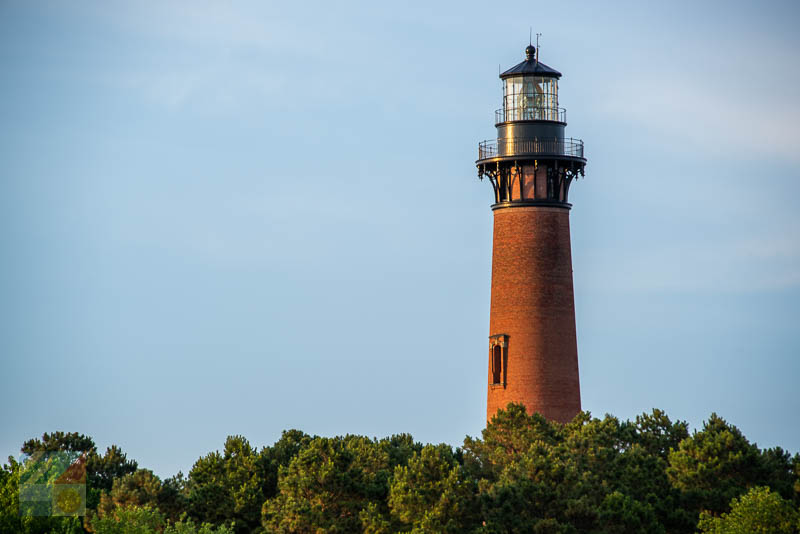


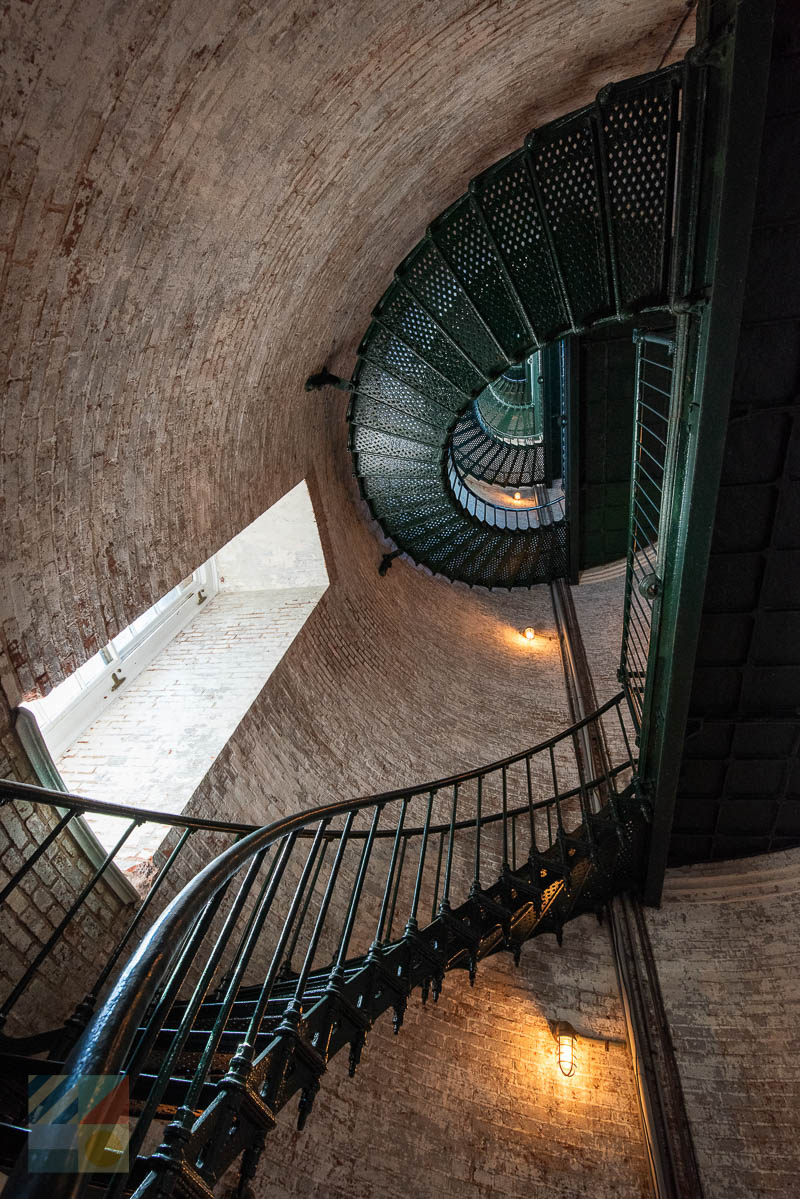
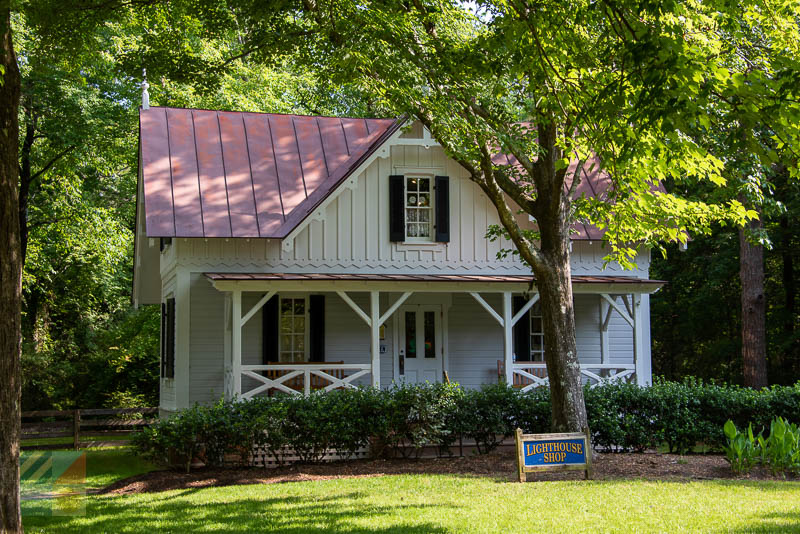
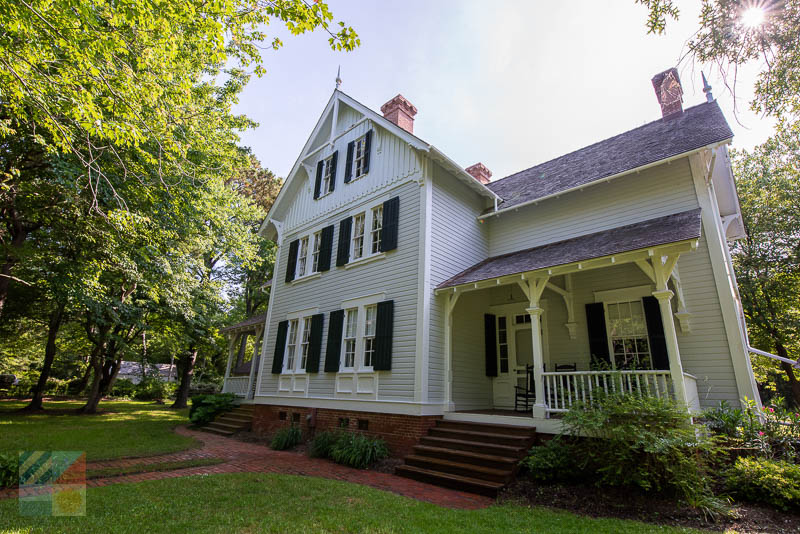
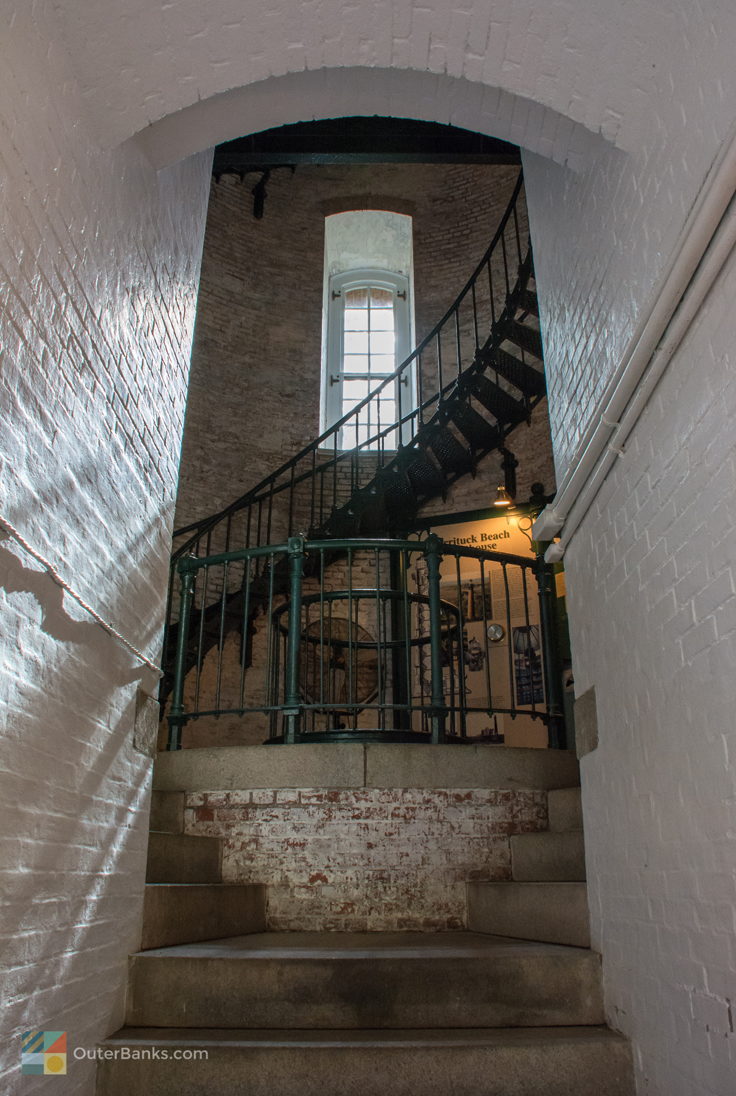
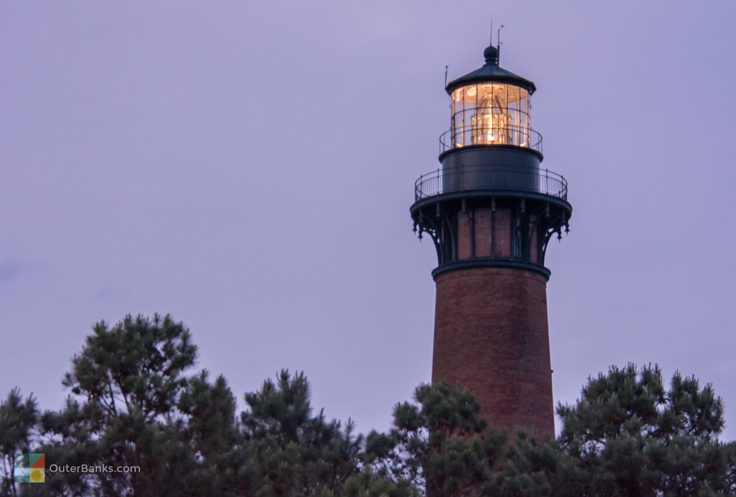

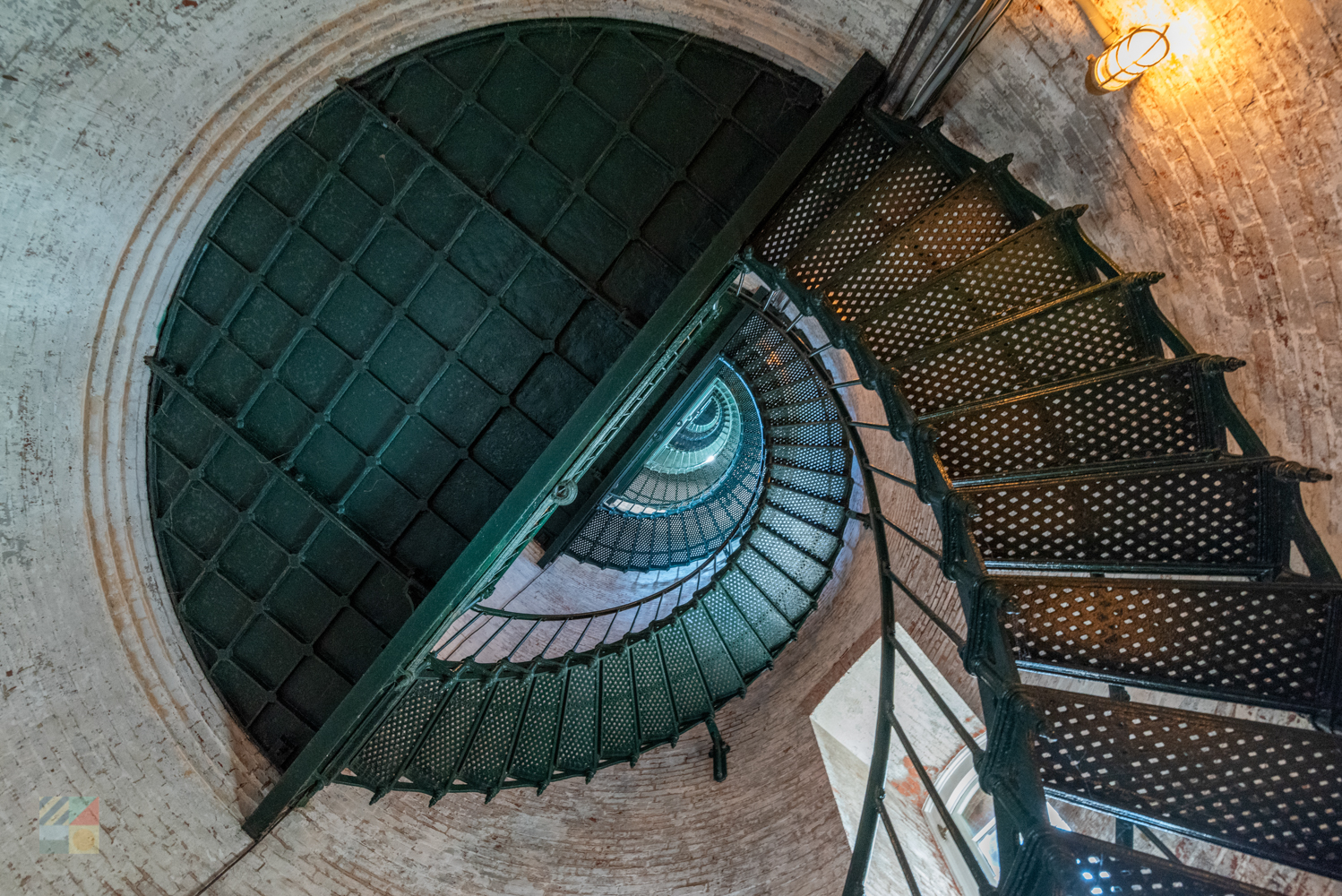
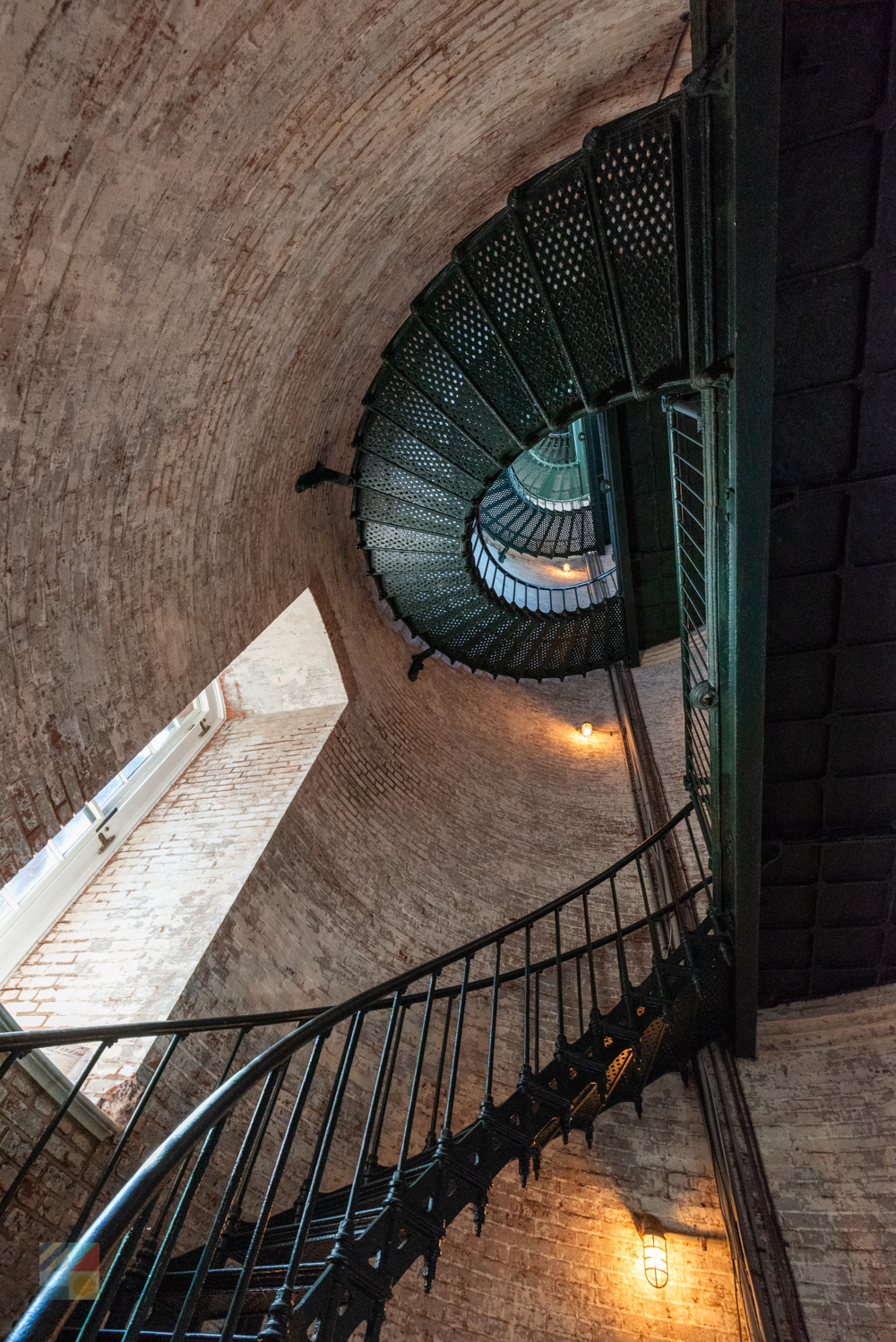
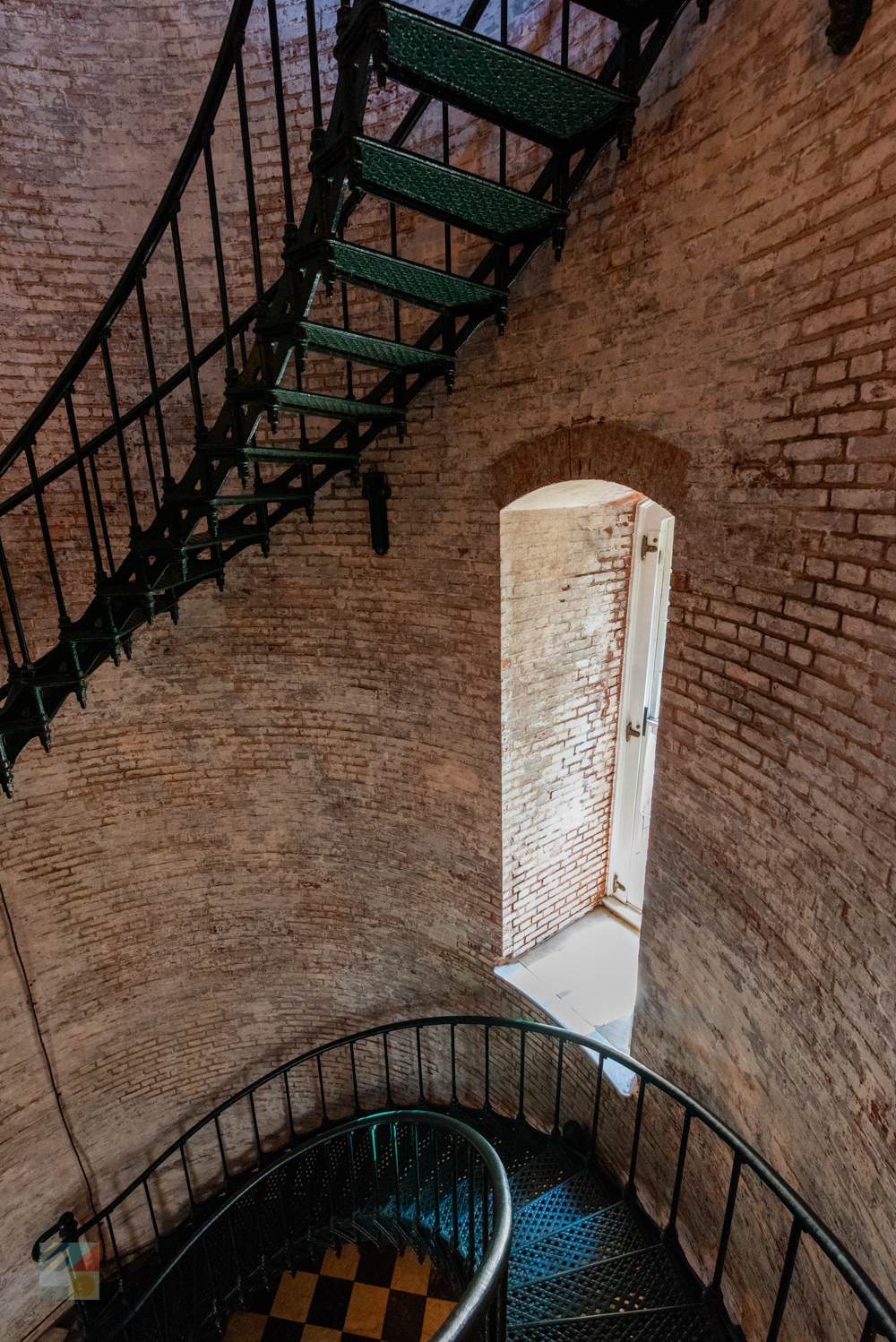
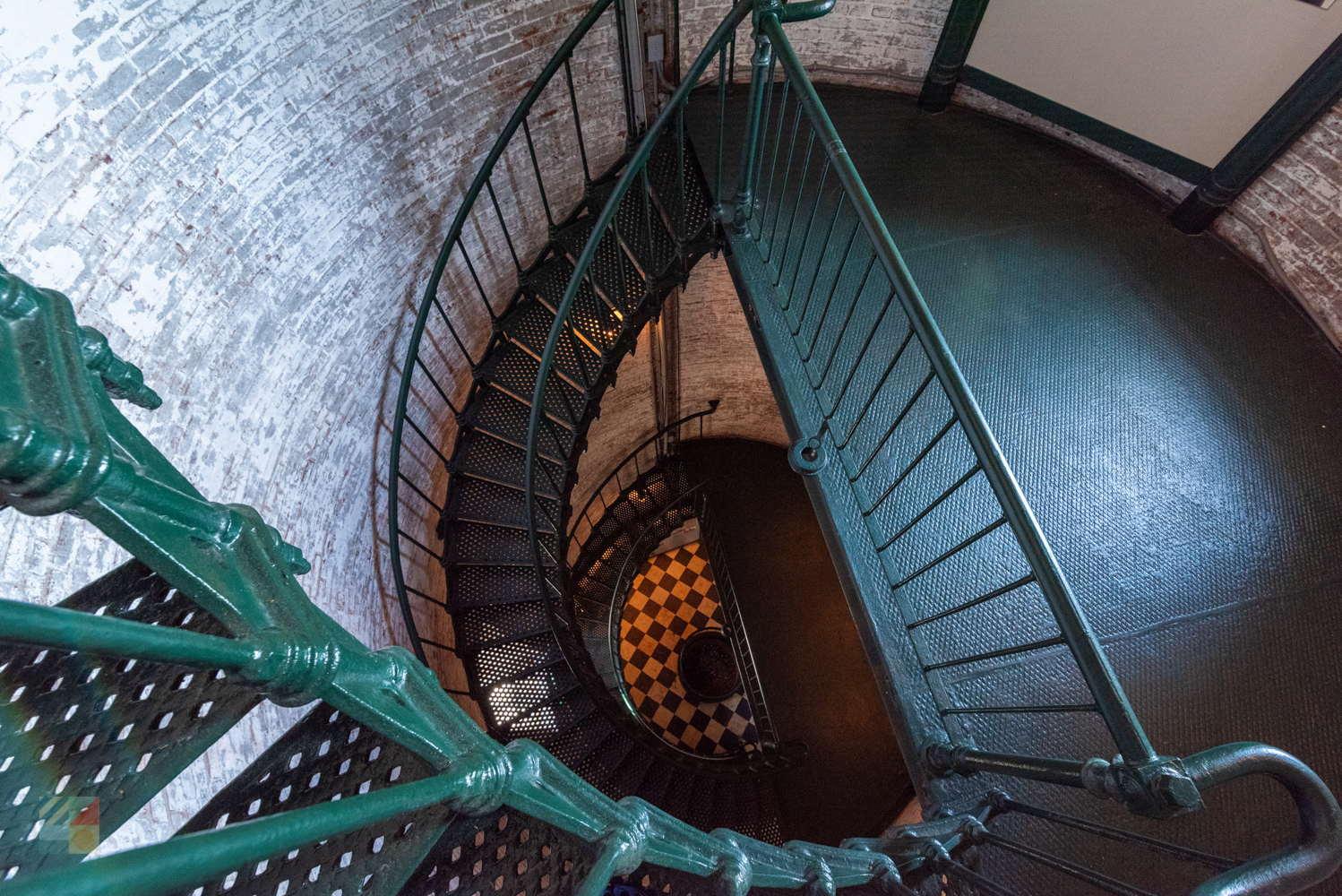
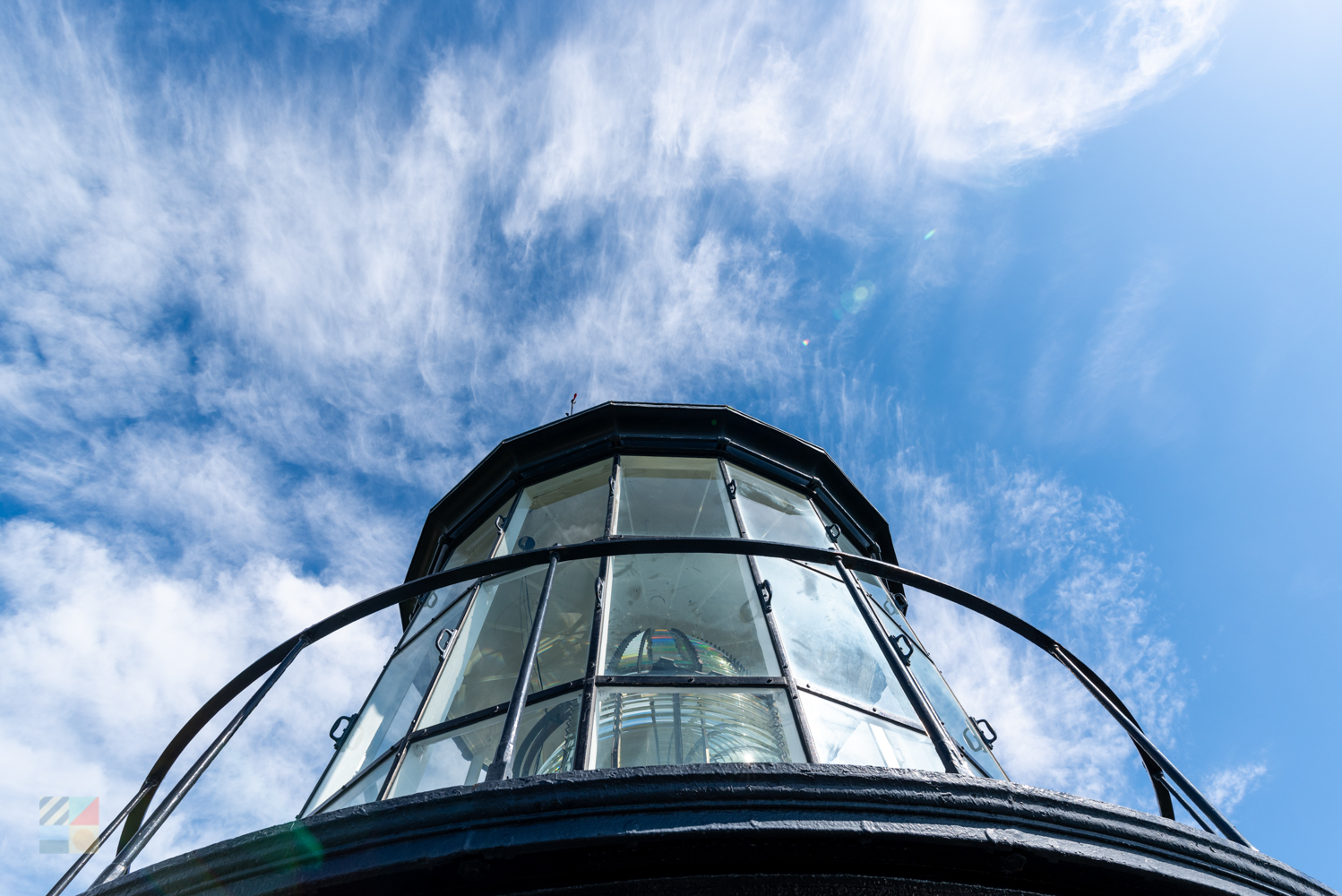
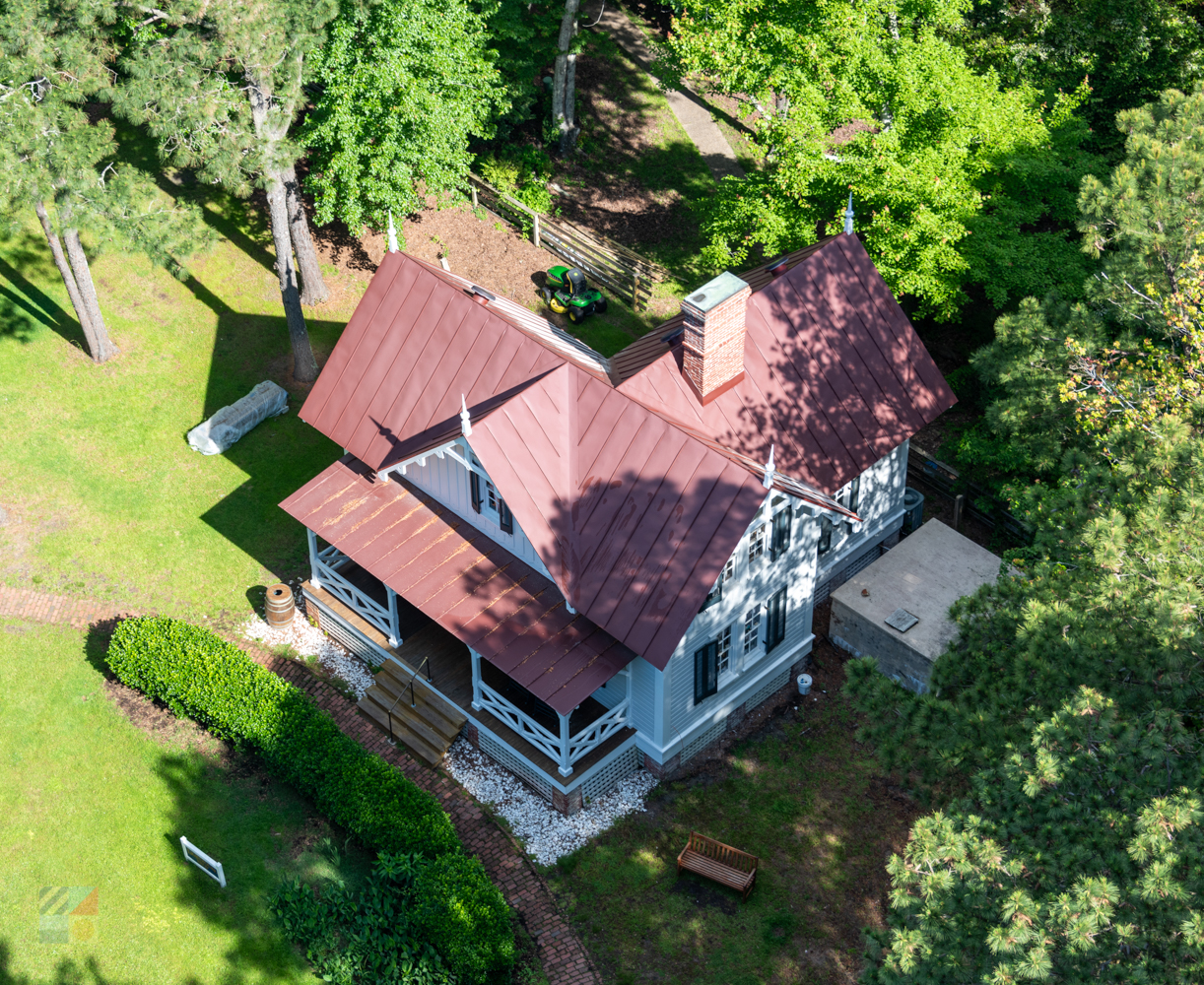
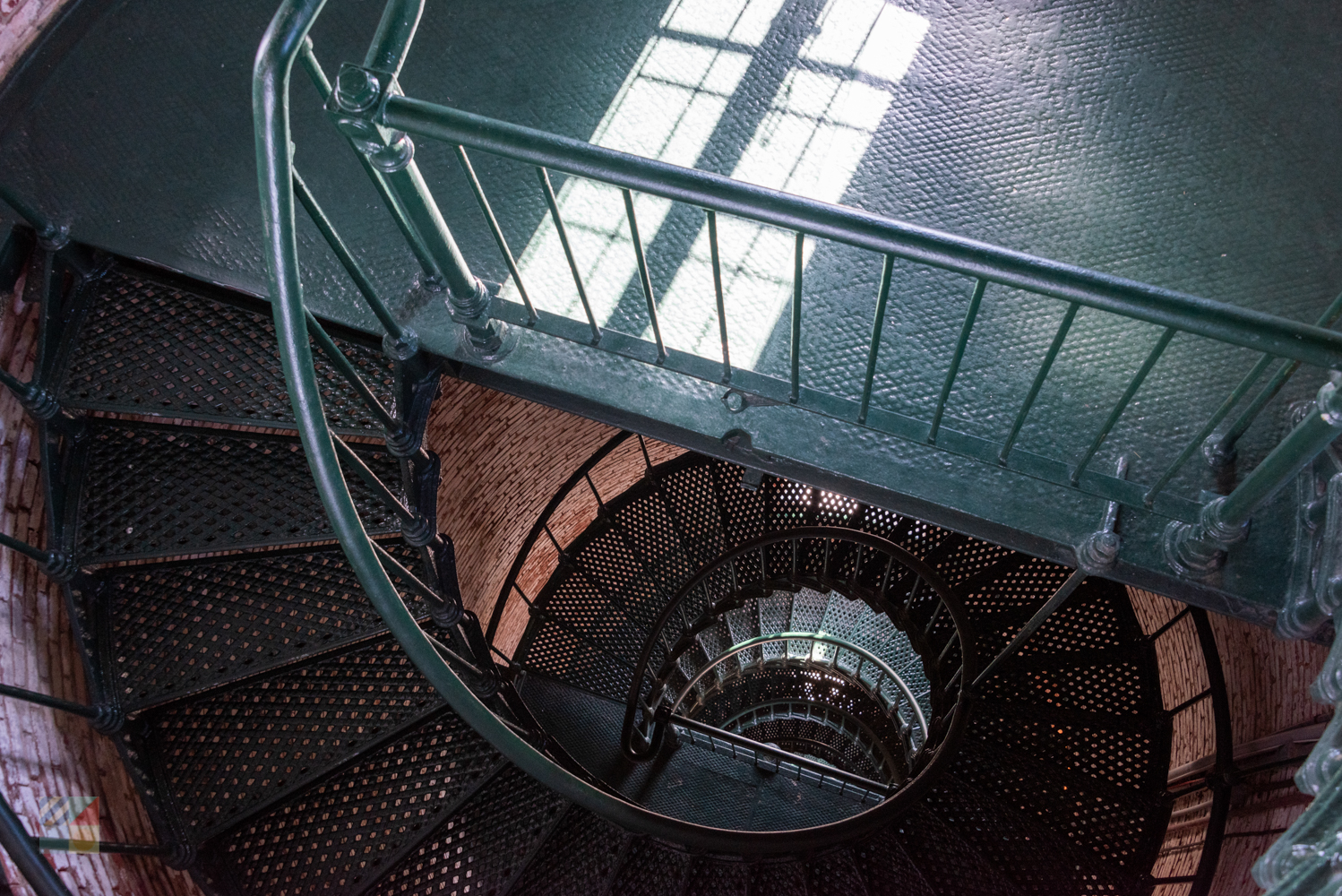
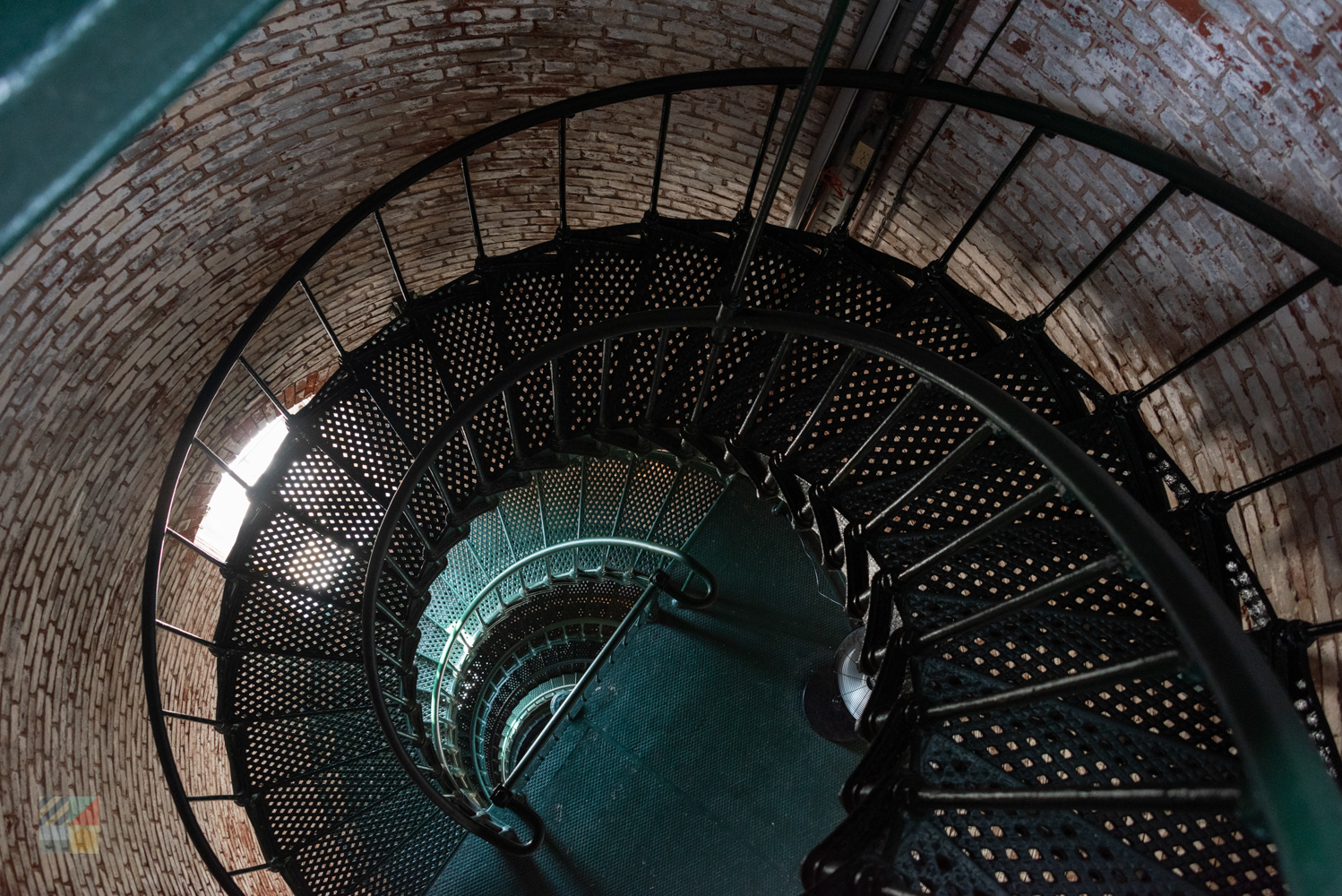
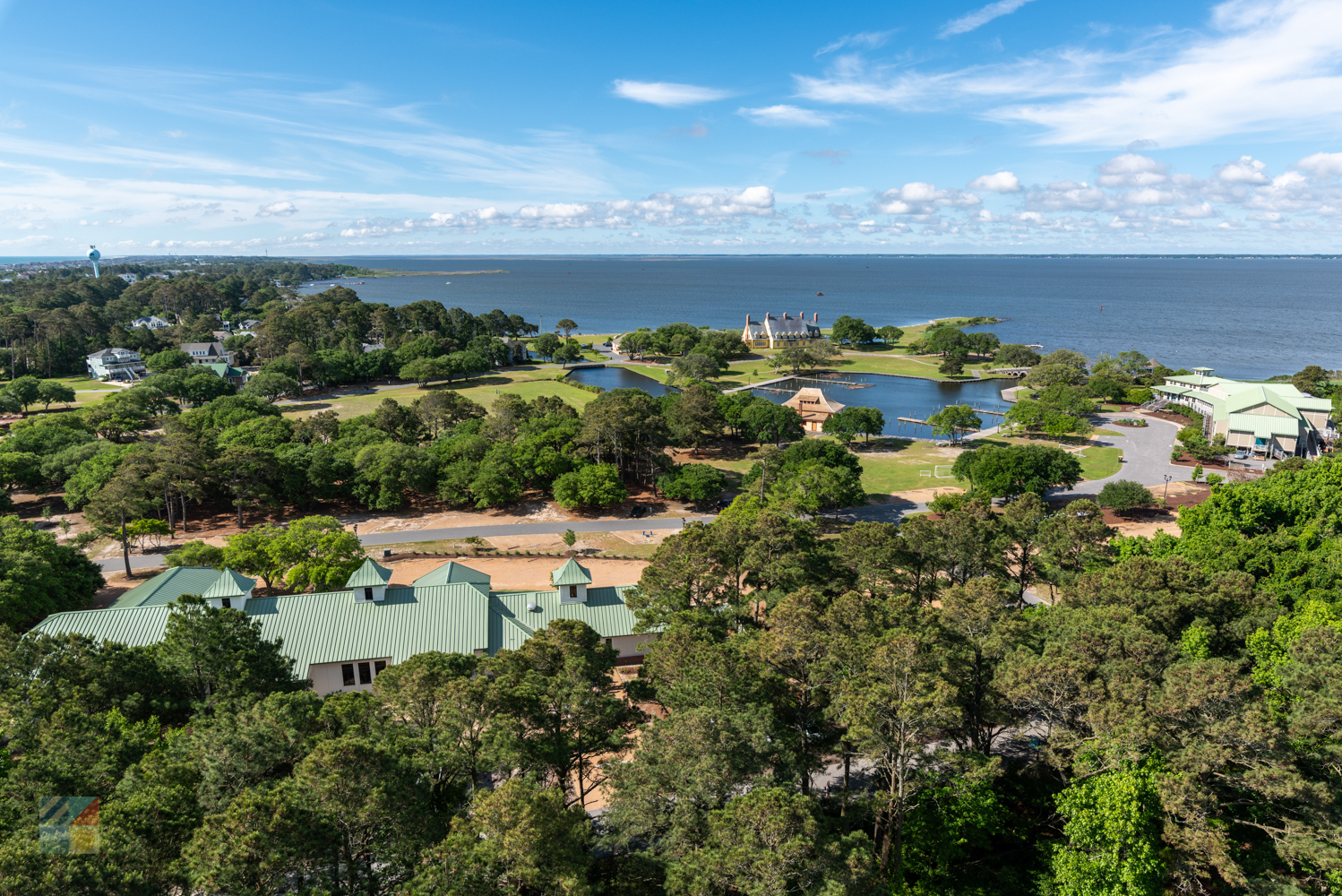
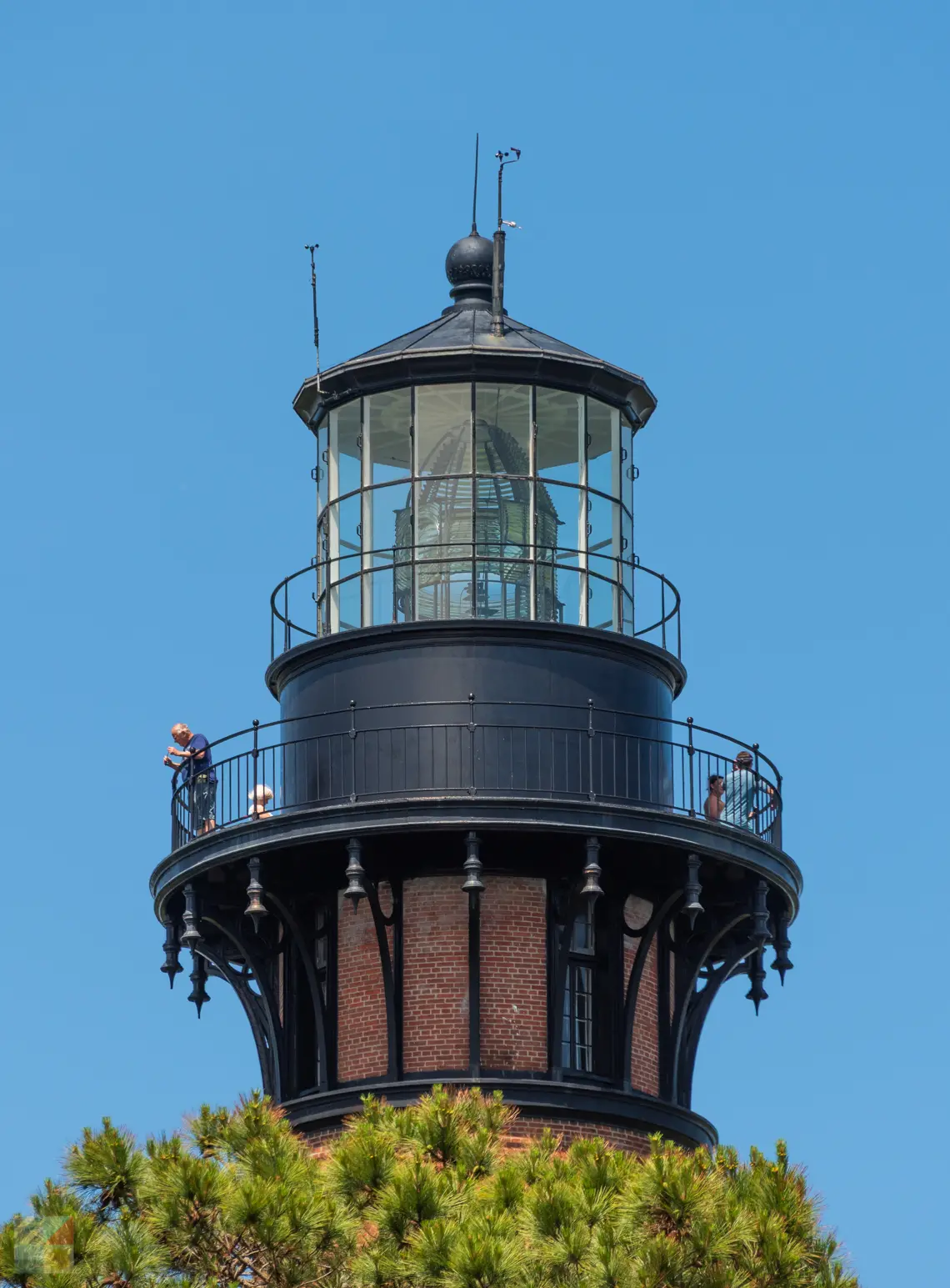
You’ve made the drive, gathered the family, packed the cooler with lunches and drinks, and you’re heading out onto the sand on a bright Summer day. You unfold your beach chair and SNAP, it breaks, or bends, or the rotting fabric rips. It happens to the best of us. We’ve checked dozens of chair reviews and features. Here are our picks for best beach chair.
Take a day trip or an afternoon off the beach to explore the heart of Historic Corolla Park, and you’ll find one of the Outer Banks’ newest and most noteworthy attractions, the Currituck Maritime Museum.
Overview Your Carolina vacation goes tropical in this airy, multi-family friendly Outer Banks vacation rental home in the Crown Point community of Corolla. Relax in Carolina On My Mind's island ambiance, whether you're enjoying the gentle ocean breezes on the deck, or lounging under the palm-frond fans in the living room. Prepare a meal on the grill by the pool, and enjoy good food and good company as you dine in outdoor comfort in the screened-in porch. You can practically taste the salt air from the many decks, one offering a glimpse of the ocean. The eight inviting bedrooms are comfortable and colorful, offering fresh decor and bright windows. The beach is a short walk down a quiet street, and the shops of Corolla, with grocery stores, are an easy bike ride. All the amenities of Crown Point are yours to enjoy, including a community pool and tennis courts. You will say "I have Carolina On My Mind" when you check in to this tranquil retreat. Ground Floor Rec room with kitchenette King with private bath Pyramid bunk/trundle with private bath Bedroom with two twin bunks Shared full bathLaundry This level includes a rec room with a pool table, a sitting area with a TV, a Wii, and a kitchenette with a refrigerator and microwave. There are three bedrooms on the ground floor - a king with a private bath, a pyramid bunk/trundle with a private bath, and a third bedroom with two twin bunks. There is a washer and dryer on this level. Outdoor amenities include a private fenced-in pool, hot tub with trellis cover, and outdoor shower. There is a direct route to the beach access, 130 yards from the house. Read more about Ground Floor First Floor Three kings with private baths Two twin beds with private bath Media den Laundry Four bedrooms are on the mid-level, including three kings and a fourth with two twins. All bedrooms have a private bath and a TV, and three of the bedrooms connect to covered or open decks via sliding glass doors. A central den has a TV and access to an open deck. Read more about First Floor Second Floor Great room Dining areas Kitchen Screened-in porch King with private bath and adjoining suite The tranquil living area features deck access, a flat screen TV, and a seasonal gas fireplace. The kitchen is well-equipped and includes a Keurig, a standard drip coffee maker, two dishwashers, two icemakers, a waffle maker, and a cooking stone. Adjacent to the kitchen is a screened-in porch with an outdoor dining area. Inside, the dining room table comfortably seats 12, and there is additional seating at the kitchen bar, as well as a window-side breakfast table next to the living area. There is a king bedroom with a private bath, a TV, and deck access. Parents with young children will appreciate the adjoining suite that is furnished with a daybed/trundle. Read more about Second Floor Updates for 2024: New great room and dining area furniture, new media cabinet in the ground level rec room.Pool: Pool heated by heat pump. Ambient air temperature of 60 degrees or higher is needed to heat the pool, meaning that if the temperature drops below 60 degrees the pump will not continue to heat. Max pool temperature is 80 degrees.
